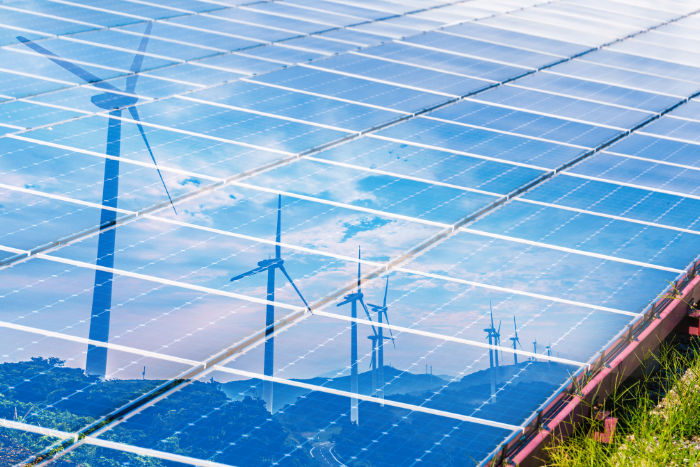While the G7 members signed on to the pledge to triple renewable capacity at COP28, their collective targets would only deliver a doubling, says the report
G7 nations are currently targeting a doubling of renewables capacity from 2022 to 2030, leaving a gap of 0.7 TW to tripling. A new report by the energy think tank Ember found that the G7 countries are collectively targeting just over a doubling of 2022 capacity from 0.9 TW at the end of 2022 to 2 TW of renewables capacity by 2030. A tripling of renewable capacity would require the G7 to reach 2.7 TW by 2030, leaving a 0.7 TW gap between current targets and a tripling aligned goal.
The single biggest step to reduce emissions this decade and maintain the 1.5°C target within reach is tripling renewable energy. World leaders, including all seven G7 members, came to a historic agreement to triple global renewables capacity by 2030 at the UN’s COP28 climate change conference in December. However, the analysis revealed that the G7 is currently only aiming for a doubling.
The report clarified that a global tripling does not mean that every country is required to triple its renewables capacity–some will do more, some less. But evidence shows that G7 countries in aggregate would require a tripling, said the report.
The tripling has been declared by the International Energy Agency (IEA) as the ‘single-most important lever’ to cut emissions this decade and keep the 1.5°C goal within reach.
Scale of ambition in G7
According to the report, Italy, this year’s host of the G7, along with Germany and the UK are leading the way with 2030 targets that are more than a doubling of 2022 capacity. However, France and Japan are lagging behind their G7 partners with targets well below a tripling.
Modelling studies suggest that US policies would result in an approximately threefold increase, while Canada would barely experience an increase, the report estimated. Neither the US nor Canada have official targets.
“The G7 needs to set a goal to triple their renewable capacity,” said Dr Katye Altieri, electricity analyst, Ember. “Last year, the G7 agreed targets for solar and offshore wind. Given the COP28 agreement, these goals are now outdated and need to be aligned with a tripling of global renewables. The acceleration of solar shows the renewables goal is increasingly achievable.”
G7: Need to stick to the tripling renewables capacity by 2030 pledge
The upcoming G7 Ministerial on Climate, Energy and Environment hosted by Italy presents an opportunity to translate the COP28 goal to triple renewable capacity into clear action.
The report recommended that the G7 should commit to a goal of tripling G7 renewable capacity from 0.9 TW in 2022 to 2.7 TW in 2030. The G7 should acknowledge there is a current ambition gap of 0.7 TW between current targets and a tripling goal. G7 countries should align their own renewables goal with the G7 tripling. This could be done at a technology level by building on last year’s announcement of solar and offshore wind goals for 2030 by adding an onshore wind goal as well. The current goal on solar will likely need to be raised, which could be supported by a battery goal to help integrate the large amount of solar targeted.
The report also said that G7 also needs to commit to develop an action plan to support renewables development in emerging countries.
About The Author
You may also like
‘India on track to achieve 2030 clean energy target’
India to add 45GW solar capacity in FY 2026: Study
Government Proposes for ALMM Expansion for Solar Backward Integration
China’s renewable energy expansion can fuel global energy transition: Report
India Needs 9 GW Charging Boost for E-Truck Transition: ICCT

